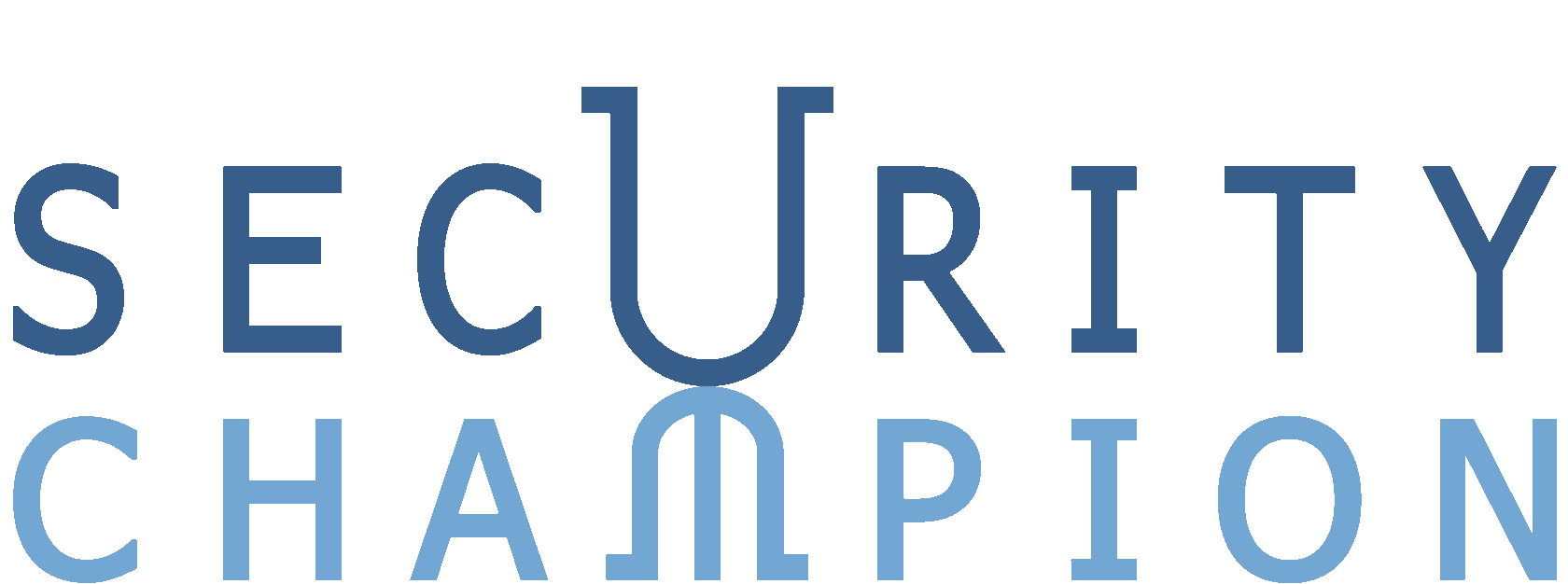Just type your contacts
Just type your contacts
You accept the privacy policy by submitting the form.
Just type your contacts
You accept the privacy policy by submitting the form.
Проверьте навыки своих сотрудников
Нажимая кнопку «Отправить заявку» вы соглашаетесь с политикой обработки персональных данных.
Strengthening Security Awareness: Practical Recommendations for a Safer Digital Landscape
Introduction
In an age where our lives are intricately intertwined with technology, security awareness has become paramount. From personal privacy to corporate confidentiality, safeguarding sensitive information is a collective responsibility. This article provides specific recommendations to enhance security awareness and create a safer digital environment for individuals and organizations alike.
Phishing Defense
Phishing attacks remain one of the most common and effective methods used by cybercriminals. To defend against them:
Password Hygiene
Weak passwords are a major vulnerability. Implement the following practices:
Software Updates and Patch Management
Outdated software and unpatched systems are breeding grounds for vulnerabilities. Establish the following practices:
Safe Browsing Habits
Educate users on how to navigate the web securely:
Data Encryption and Secure Communication
Safeguarding sensitive information during transmission is crucial. Implement the following measures:
Conclusion
Enhancing security awareness is not just an option; it is a necessity in today's digital landscape. By adopting these recommendations, individuals and organizations can significantly reduce their risk exposure to cyber threats. With vigilance, education, and the right tools, we can collectively fortify our digital defenses and create a safer online environment for all.
Introduction
In an age where our lives are intricately intertwined with technology, security awareness has become paramount. From personal privacy to corporate confidentiality, safeguarding sensitive information is a collective responsibility. This article provides specific recommendations to enhance security awareness and create a safer digital environment for individuals and organizations alike.
Phishing Defense
Phishing attacks remain one of the most common and effective methods used by cybercriminals. To defend against them:
- Education: Provide thorough training on recognizing phishing emails. Teach employees to scrutinize sender addresses, check for suspicious links, and avoid downloading attachments from unknown sources.
- Test and Simulate: Conduct simulated phishing exercises to assess the effectiveness of training. Regularly test employees' ability to identify and report phishing attempts.
- Multi-Factor Authentication (MFA): Encourage or mandate the use of MFA across all accounts. This additional layer of security significantly reduces the risk of unauthorized access.
Password Hygiene
Weak passwords are a major vulnerability. Implement the following practices:
- Password Complexity: Advocate for strong, unique passwords that incorporate a combination of letters, numbers, and symbols. Discourage the use of easily guessable passwords like "password123."
- Password Managers: Promote the use of password management tools. These applications generate and securely store complex passwords, making it easier for users to maintain strong credentials for all their accounts.
- Regular Updates: Emphasize the importance of changing passwords periodically. Regular updates help mitigate the risk of unauthorized access due to compromised credentials.
Software Updates and Patch Management
Outdated software and unpatched systems are breeding grounds for vulnerabilities. Establish the following practices:
- Automated Updates: Enable automatic updates for operating systems, applications, and security software. This ensures that systems are continuously fortified against known vulnerabilities.
- Patch Testing: Prioritize testing patches before deployment to ensure they do not inadvertently disrupt critical systems or applications.
Safe Browsing Habits
Educate users on how to navigate the web securely:
- Recognizing Suspicious Websites: Teach individuals to identify indicators of potentially malicious websites, such as unsecured connections (HTTP instead of HTTPS) or mismatched domain names.
- Clicking Caution: Encourage users to exercise caution when clicking on links, especially in emails or messages from unknown sources. Hovering over a link to reveal its destination can help identify potential threats.
Data Encryption and Secure Communication
Safeguarding sensitive information during transmission is crucial. Implement the following measures:
- Secure Protocols: Encourage the use of secure communication protocols like SSL/TLS for websites and S/MIME for email encryption.
- Virtual Private Networks (VPNs): Advocate for the use of VPNs, especially when accessing sensitive information over public Wi-Fi networks. VPNs encrypt data traffic, adding an extra layer of security.
Conclusion
Enhancing security awareness is not just an option; it is a necessity in today's digital landscape. By adopting these recommendations, individuals and organizations can significantly reduce their risk exposure to cyber threats. With vigilance, education, and the right tools, we can collectively fortify our digital defenses and create a safer online environment for all.

Free courses to raise employees' awareness of information security
- How to identify dangerous links (15+ types of disguises).

- How to identify dangerous email attachments.
Courses help counter 80% of phishing attacks:
Get access now
Fill the form.
Access is sent only to your corporate e-mail.
Access is sent only to your corporate e-mail.



